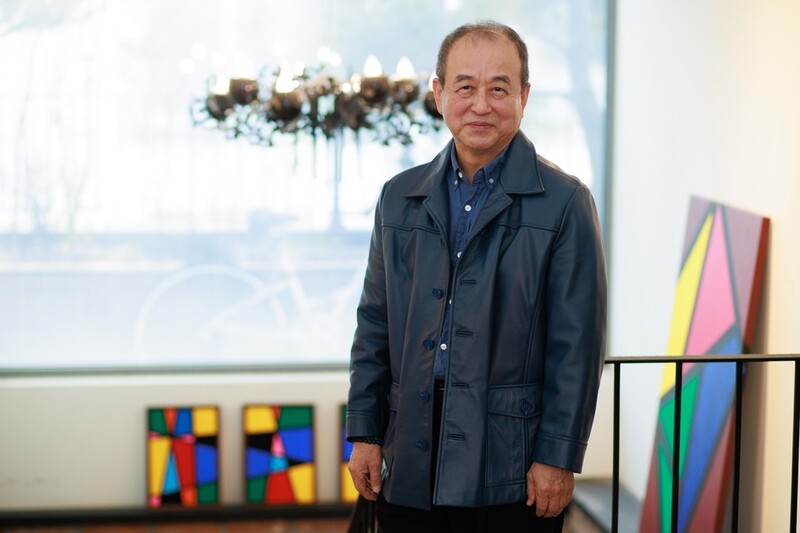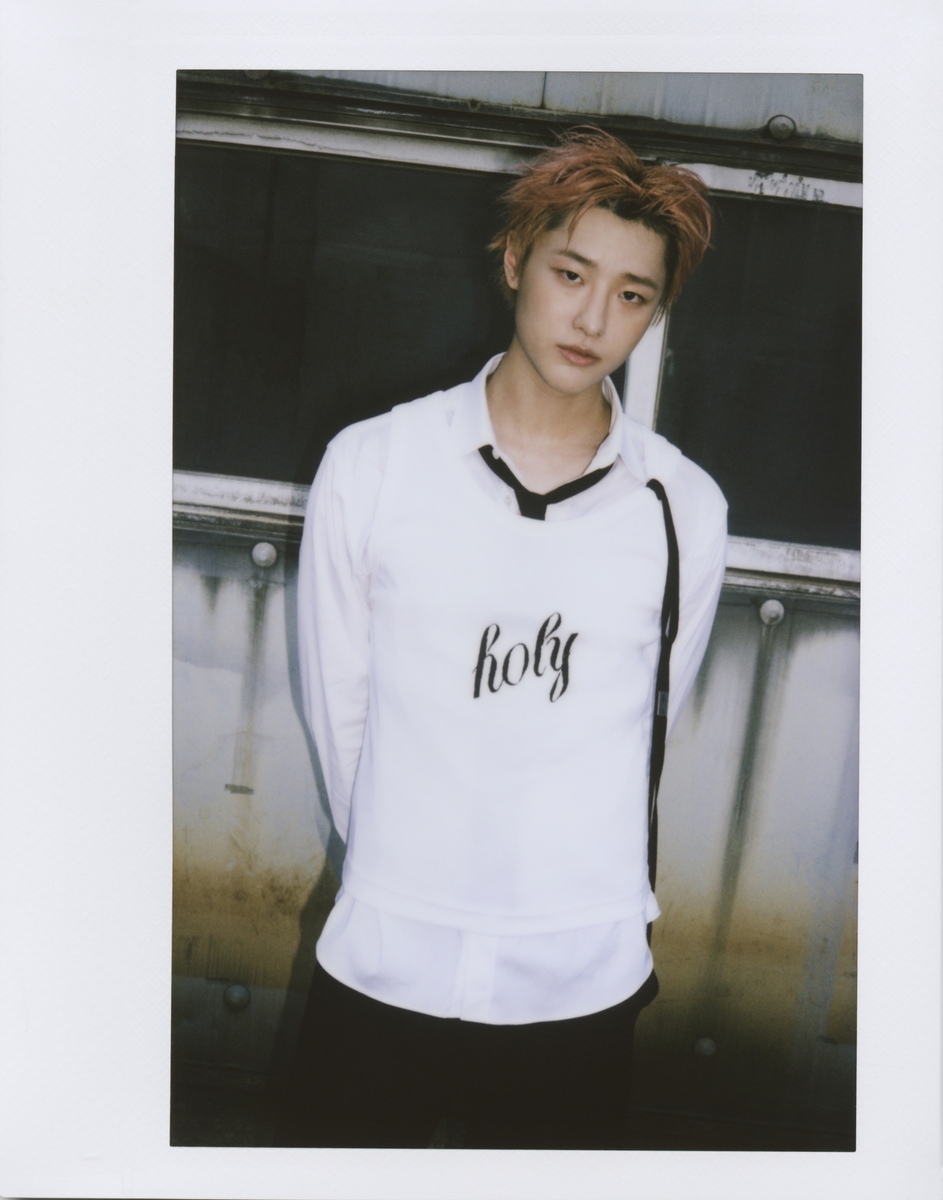 |
| ▲ This photo, shows the metal movable types of Hangeul and Chinese characters found in the middle of Seoul relics from the Joseon Dynasty being displayed at the "Insa-dong Relics Excavation Exhibition" held at the National Palace Musuem in Seoul last year. (Yonhap) |
 |
| ▲ This photo, provided by the National Palace Museum of Korea, shows the comparison of the Shorter Sukhavativyuha Sutra with the Eulhaeja. (PHOTO NOT FOR SALE) (Yonhap) |
 |
| ▲ This photo, provided by the Cultural Heritage Administration, shows what is predicted to be a Jujeon. (PHOTO NOT FOR SALE) (Yonhap) |
 |
| ▲ This photo, provided by the National Palace Museum of Korea, shows the poster for the 2021 Insa-dong Excavation competition. (PHOTO NOT FOR SALE) (Yonhap) |
SEOUL, July 12 (Yonhap) -- Among the metal types of the Early Joseon Dynasty that were found in a pile in Insa-dong, Seoul, last year, a study found that the Hangeul version of movable metal type which was found, is said to be close to the letters published during the reign of King Sejo (1455-1468).
This is the result of estimating in detail of what type of movable type was used when a certain book was printed.
Bibliographic scholar Ok Young-jeong, a professor at the Academny of Korean Studies, revealed the contents of her research on Hangeul metal movable type excavated in Insa-dong through a presentation published ahead of the "2021 Insa-dong Excavation, Results and Paths" conference to be held on July 13.
In June 2021, in Pimatgol, Insa-dong, near Tapgol Park in downtown Seoul, metal movable type of the Joseon Dynasty, which had high historical value, and parts of the astronomical clock "Ilseongjeongsi" which had only been handed down through records, were unearthed at once.
In the case of the metal movable type, about 1,000 types of Chinese characters and 600 types of Hangeul characters were found. The metal type using the "Dongguk Jeongun," a Korean dictionary of rhymes which sets out a standard practice for pronouncing Chinese characters in Korean produced under the order of King Sejong and compiled by Shin Suk-ju and Pak Paeng-nyeon in 1488, gained attention as there were various types and sizes identified.
Professor Ok divided the Korean metal movable type excavated at that time into large, medium, small, special small,and then compared and analyzed the different cases of the movable type used.
As a result, some of the medium-sized Hangeul movable type (Middle-sized Korean characters, a total of 89 pieces) were close to Shorter Sukhavativyuha Sutra , which was based from the Eulhaeja of 1461 (the 7th year of King Sejo).
Professor Ok presented a picture comparing each letter and explained, "It is difficult to find a control group of the same letter because the amount of movable type of Eulhaeja is small, but when you compare each letter one by one, the movable type with almost identical shape is revealed."
Professor Ok saw the possibility that among the excavated Hangeul movable types, the small type were also used during the King Sejo period.
She concluded that the excavated 297 small size Hangeul movable type is "close" to the letters on the "Shurangama Sutra (The Sutra of the Heroic One)" published in 1461.
In a phone call with Yonhap News Agency, Professor Ok explained, "movable type is an important cultural object that brings great change to human knowledge and civilization, and we first confirmed what era and which book was used with this movable type."
"Since there is still a lack of scientific analysis or related data on the existing movable types, further analysis of the excavated movable type and typeface analysis is necessary," she suggested.
In addition to the metal movable type, research results on scientific relics will be unveiled at the conference.
Among the relics excavated at that time, copper products that appear to be part of the "Jujeon (copper scheduled plates)", the accessory of a water watch such as "Clepsydra," were also found. Yoon Young-hyun, the director of the Korean Science and Technology department of the National Science Museum will be revealing when it was produced.
In a thesis examining various documents including "The Veritable Record of King Sejong," he said, "There is a possibility that it may be the improved jujeon while completing the new Borugak installed in Changgyeonggung in 1536, or Heumgyeonggak, the royal science academy in 1438. There is also the possibility of it being the jujeon of Heumgyeonggak Onk-ru (automatic water clock) which was rebuilt in 1554."
"It is presumed that among these, it is most likely that it is an accessory to the (manufactured) Jagyeongnu during the reign of King Jungjong," he continued.
This academic conference, held by the National Palace Museum of Korea along with the Sudo Research Institute of Cultural Heritage, a research institute for buried cultural properties, will be held in the auditorium of the National Palace Museum of Korea on July 13.
Participants will be sharing the results of research on the excavation and investigation results of the Insa-dong ruins and the value of major relics, while discussing future tasks. After the presentation of the topic, a general discussion will take place.
If interested in excavating Insa-dong, one can freely attend through the registration process at the site.
(This article is translated from Korean to English by Haemin Kim.)
(END)
(C) Yonhap News Agency. All Rights Reserved














![[가요소식] 보이넥스트도어, 신보로 3연속 밀리언셀러 달성](https://korean-vibe.com/news/data/20251025/yna1065624915905018_166_thum.jpg)








